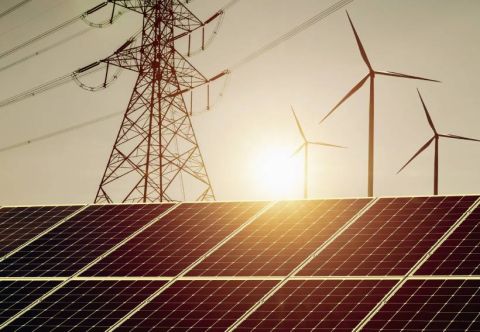Buying guide
Cooling Fans
Things to consider
When it comes to hot days and humid nights, a cooling fan can provide instant comfort for the whole family. But with such a wide range to choose from, how do you know which fan is right for you? Don’t sweat it - this handy guide will help to ensure you pick the right fan for you, your home and your budget.
Where are you going to use it?
Deciding where you are going to be using your fan will help you figure out what style and features you will need. If you require a fan to help you cool a larger room, then floor or tower fans are ideal due to their larger size and reach, whereas if you require a fan to simply cool yourself, then a desktop fan may be best. It is also worth considering the portability of the fans, if you plan on moving it from room to room then make sure you pick one that has an integrated carry handle and differing fan speeds that will suit multiple room sizes
What style do you need?
Cooling fans have come a long way from the basic three blade ones we’re used to. Now with styles to perfectly suit your application, you can choose between wide reaching floor fans, small desktop fans for personal cooling or tower fans which are great for all round use.
Floor Fans
Floor fans, in particular the Dimplex 360 fan, have a wide fan reach making them ideal for larger rooms. They are also lighter in weight, making them easily portable around the home.
Desktop Fans
With a small, compact footprint, desktop fans are ideal for use on desks or bedside tables, providing personal cooling.
Tower Fans
Tower fans are a style of floor fan. Usually slim line and sleek in design, these fans will fit seamlessly into their surroundings. They are particularly useful for bedrooms, being the appropriate height for fanning you whilst in bed.
What additional features would you like?
Once you’ve decided where you are going to be using your cooling fan, it’s important to consider any additional features you’d like it to offer, such as oscillation (rotation) functions and differing wind modes and speeds. Most Dimplex fans come with three fan speeds, low, medium and high, and some come with eco, sleep and natural wind modes, ensuring maximum comfort for each application. Our premium tower fan, Ion Fresh even features a built in ioniser that discharges negative ions, these attach to positive ions and drop them out of the air to create a fresher environment. It also features three speed settings and three breeze modes, so you can find the perfect balance for your comfort.
What controls would you like?
All Dimplex fans have been designed with ease of use in mind so have clear LCD and LED displays. Most of our fans also come with a remote control allowing you to use your fan from the comfort of your seat. As an added feature, some cooling fans incorporate a runback timer, meaning you can set your fan to run for a certain period of time before turning itself off.
What about safety?
If you have children or pets in the home, then it is worth choosing a fan that has good stability with a wide base and enclosed fan blades. This will ensure the fan won’t be easily knocked over, fur can’t get caught, and saves little fingers from harm. Cooling fans from Dimplex also come with a one year warranty as a minimum, offering added peace of mind.

Debunking the misconceptions of electric panel heating
Modern, energy efficient electric panel heaters that offer a high level of control to users, whilst using low carbon energy, are unrecognisable from the inefficient, clunky panel heaters of the past. Despite technological advances, the perception of electric heating mostly relates to the old technology that grew in popularity with the advent of cheaper nuclear energy in the late 1950s. Traditionally, panel heaters in homes were accompanied by storage heating to make use of the energy generated ‘off-peak’ and assist with under-utilised night-time energy available on the grid. In addition, electric heating has long been a convenient form of secondary heating, for example with the use of portable fan heaters.

Decarbonising heat and what lessons have been learnt?
Decarbonising heat is seen as a key area to address if the UK is to achieve its net-zero 2050 target. The scale, complexity, and cost of the transition to low carbon heating technology means the industry needs time and support to adjust to the changes it faces. The much-anticipated regulatory framework and clear strategy for the energy transition process should provide a reliable platform to take on the challenges on our journey to a low carbon future.

Defining the Future of Compliance
The compliance system for new developments is set to drastically change over the next 16 months. The consultations for Approved Documents L and F, which are expected to take place towards the end of 2019, will be the only opportunity for industry to support or appeal these changes, which have a high potential to heavily impact building design, HVAC specification and the carbon-focused mindset of the industry.











